The Future Of Sexuality. . . And The End Of LGBTI?
 Written by Peter Tatchell, Originally published in petertatchellfoundation.org
Written by Peter Tatchell, Originally published in petertatchellfoundation.org
Does LGBTI Pride have a future? Is gay identity just a phase?
The annual season of LGBTI Pride celebrations is drawing to close. It is time to blow our whistles but also to pause and reflect.
As many western nations progress towards a post-homophobic society, how will the increasing equality and social acceptance of LGBTI people affect the expression of human sexuality? If we evolved into a society where the differences between hetero and homo no longer mattered, what would this mean for the future of same-sex desire and queer identity?
What are the implications for lesbian, gay, bisexual, transgender and intersex (LGBTI) human rights?
We already know, thanks to a host of sex surveys, that even in narrow-minded, homophobic cultures, many people are born with a sexuality that is, to varying degrees, capable of both heterosexual and homosexual attraction. This is shown by the way that otherwise normally straight people often have same-sex relations in single-sex institutions like schools, prisons and the armed forces.
Research by Dr Alfred Kinsey in the USA during the 1940s was the first major statistical evidence that ‘gay’ and ‘straight’ are not watertight, irreconcilable sexual orientations. He found that sexuality is, in fact, a continuum of desires and behaviours, ranging from exclusive heterosexuality to exclusive homosexuality. A substantial proportion of the population is somewhere in the middle, sharing an amalgam of same-sex and opposite-sex feelings.
In Sexual Behaviour In The Human Male (1948), Kinsey recorded that 13 per cent of the men he surveyed were either mostly or exclusively homosexual for at least three years between the ages of 16 and 55. Twenty-five per cent had more than incidental gay reactions or experience, amounting to clear and continuing same-sex desires. In total, 37 per cent of the men Kinsey questioned had experienced sex with other males to the point of orgasm, and half had experienced mental attraction or erotic arousal towards other men (sometimes transient and not physically expressed). A similar continuum of desire and overlapping orientations was found in Kinsey’s later study of women, Sexual Behaviour In The Human Female (1953).
Kinsey’s sociological sex research has since been criticised as exaggerated, out-of-date and unrepresentative.
The more recent UK National Survey of Sexual Attitudes and Lifestyles (2000) found that around 9% percent of British men and women have had a sexual experience with a person of the same sex, with many of these people being normally or predominantly heterosexual.
The survey authors admit this figure of 9% is probably an underestimate because many people are still reluctant to reveal their homosexuality or bisexuality.
The possibility that many individuals share a capacity for both hetero and homo feelings is confirmed by the anthropologists Clellan Ford and Frank Beach.
In Patterns of Sexual Behaviour (1965), they noted that certain forms of same-sex relations were considered normal and acceptable in 49 (nearly two-thirds) of 76 tribal societies surveyed from the 1920s to the 1950s.
They also recorded that in some aboriginal cultures, such as the Sambia people of Papua New Guinea, all young men entered into a same-sex relationship with an unmarried male warrior, sometimes lasting several years, as part of their rites of passage into manhood. Once completed, they ceased all homosexual contact and assumed sexual desires for women. If sexual orientation was completely biologically pre-programmed, these men would have never been able to switch to homosexuality and then to heterosexuality with such apparent ease.
This led Ford and Beach to deduce that homosexuality is fundamental to the human species, and its expression is substantially influenced by social mores and expectations.
The evidence from these two disciplines – sociology and anthropology – is that the incidence of heterosexuality and homosexuality is not fixed and universal, and that the two sexual orientations are not mutually exclusive. There is a good deal of fluidity and overlap.
Indeed, although sexuality may be substantially affected by biological predispositions – such as genes and hormonal influences in the womb – other causal factors appear to include cultural norms, expectations and opportunities. These tend to channel erotic impulses in certain directions and not others. An individual’s sexual orientation (or at least its expression) is thus often influenced culturally, as well as biologically.
Human sexuality is much more complex, diverse and blurred than the traditional simplistic binary image of hetero and homo, so loved by straight moralists and – more significantly – by many lesbians and gay men.
If sexual orientation has a culturally-influenced element of indeterminacy and flexibility, then the present forms of homosexuality and heterosexuality are unlikely to remain the same in perpetuity. As culture changes, so will expressions of sexuality.
In a future non-homophobic society (all societies will get there eventually), more people are likely to have gay sex but less people will identify as gay (or straight). This is because the absence of homophobia will make the need to assert and affirm gayness (and heterosexuality) irrelevant and redundant.
Gay identity is largely the product of anti-gay repression. It is a self-defence mechanism against homophobia. Faced with persecution for having same-sex relations, the human right to have those relationships has to be defended – hence gay identity and the LGBTI rights movement.
But if one form of sexuality is not privileged over another, defining oneself as gay (or straight) will cease to be necessary and have no social relevance or significance. The need to maintain sexual differences, boundaries and identities disappears (or reduces radically) with the demise of straight supremacism.
Homosexuality as a separate, exclusive orientation and identity will begin to fade (so will its mirror opposite, heterosexuality), as humanity evolves into a sexually enlightened and accepting society. The vast majority of people will be open to the possibility of both opposite-sex and same-sex desires, even if they don’t necessarily physically express them.
Moreover, they won’t feel the need to label themselves (or others) as gay or straight. In a non-homophobic culture, no one will care who loves who. That’s true queer liberation.
About author
You might also like
Growing Old With HIV And How To Cope With Aging
Paul Thorn, author of HIV Happy, talks about how to deal with those grey hairs you never thought you would have. * Time is the great equalizer. We are all
NO HONOUR IN THE BLOOD
Circumstances following my father’s death have caused me to have to make some major life changes, some of which has made me something of a nomad in Lagos. I’ve been
WHO WILL GET YOU JUSTICE?
You are halfway through with making your plantain frittata when your phone dings. It is Twitter notifying you of one new follower. You scroll through his page, mostly gym-related content,

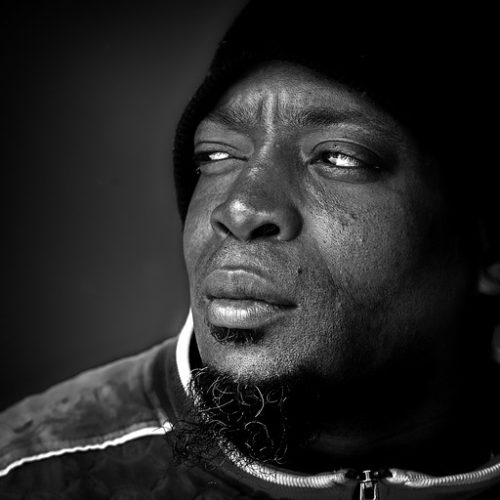
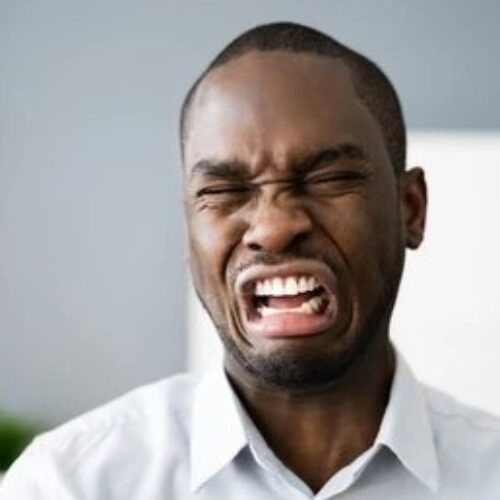
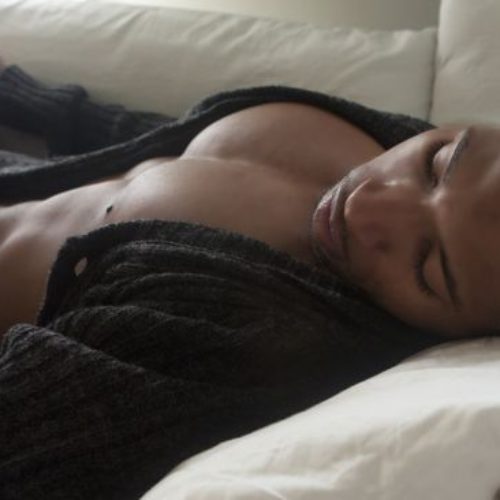



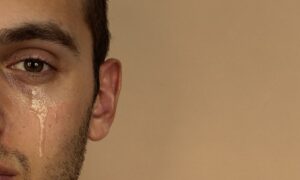
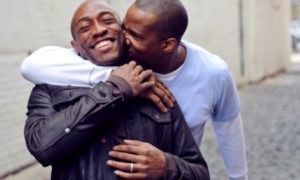

20 Comments
trystham
August 17, 07:27Evolving faces of definition of sexuality??? Oh joy!!! Iono y that doesn’t assure me. True though. Gay pride parades will be as Nigerians currently view May 29.
king
August 17, 08:24“They also recorded that in some aboriginal cultures, such as the Sambia people of Papua New Guinea, all young men entered into a same-sex relationship with an unmarried male warrior, sometimes lasting several years, as part of their rites of passage into manhood. Once completed, they ceased all homosexual contact and assumed sexual desires for women. If sexual orientation was completely biologically pre-programmed, these men would have never been able to switch to homosexuality and then to heterosexuality with such apparent ease.”
Wow!!! Now where is Papua New Guinea….gat to look for it now..dats my next vacation destination…(smh and sipping nestle dripped tea….while looking for my old
Paper map jo)
Legalkoboko
August 17, 08:37I love this analysis.
My mind kept going back to the peoples of many ancient civilizations before their ideas of human sexuality were corrupted by the judo-christian religions.
pinkpanthertb
August 17, 08:43Aswearigawd!
Dennis Macauley
August 17, 08:44Google the “boy wives of the massai”! Precolonial African culture had traces of homosexuality all around it. In some of these cultures the warriors go to war with younger boys who don’t fight, but will be their “women”. So it makes me laugh when homosexuality is described as a “western agenda alien to our culture”.
The fluidity of human sexuality has been described by many scientists over the years. I know a few guys that played around in boarding school back then, even though they still identify as straight!
pinkpanthertb
August 17, 08:48Actually when I hear that point of view that homosexuality is unAfrican, I wonder. But the people who are homosexual in Africa are African, are they not? Or did the West inject some kind of selective homosexual drug into the African firmament which then settled on some people and rejected others, and horror upon horrors, we then had the gays and the straights in Africa. Is that what happened?
Dennis Macauley
August 17, 08:55Yes! The west went around on stealth planes spraying pink fairy dust and it fell on some preggo women and bam!!! They had gay sons. The more fairy dust that fell on ur mom, the more dramatic you will become. People like Khaleesi and Iluvuma had buckets doused on ur unsuspecting moms……*runs away*
pinkpanthertb
August 17, 08:57Hahahahahahaahhaaa!!! Khaleesi ooo! There’s a dude here who is just asking for those your blazing guns.
Khaleesi
August 17, 09:31hahahhaa, @Dennis, yes ooo,in fact while other babies kicked in the womb I twerked in the womb! and when I was born the placenta and umbilical cord were a dramatic glittery rainbow color. and oh, other babies cry and later reach for the breasts to start suckling, me? duh I stretched out my lil hands and attempted to grab the hot young Doctor’s dick! duhhh
pinkpanthertb
August 17, 09:33ROTFLMAO
Dennis Macauley
August 17, 09:52Oh khaleesi! ROTFL! Pinkie you see what too much pink fairy dust can do? I’m actually laughing here!!! Twerking in the womb? Dies
Legalkoboko
August 17, 10:18Dr. Dennis I think your pink fairy dust claim is very genuine. But I don’t think the Westerners sprayed it from the sky.
I think it was actually the colonial governments that started mixing it in the public drinking water systems in Africa, and preg women drank more or less of it.
Its all there on Google.
Lol!
Dennis Macauley
August 17, 10:33LOL! Very hilarious! Yes it’s on google!!!
Dennis Macauley
August 17, 10:38Khaleesi’s mom must have taken so much of the water!!! Oh dear!!!
Legalkoboko
August 17, 15:46Yes indeed!
Lol!
king
August 19, 00:11Me too!!!!!
victor
August 17, 10:00Khaleesi!!! Hahahaahahahahaahhahahahaahhahahahahahaahahahahahahaahahahahahahaahah
Johnny Bass
August 17, 14:12ROTFLMFAO……twerks in d womb..
sensuousensei
August 17, 16:53I was taken aback by this article because, I swear, I had an idea to express this same thought in an article. I think I have expressed something similar in a comment. I was suprised because this writer captured to well what I have always thought about sexuality and sexual identity. I’m grateful that he did it so well and so I don’t have to write it again. Lol! Totally brilliant article. Gay or bisexual is not my identity. I’m just a sexual human being, open to sexual experiences. This labelless label is good enough for me!
Thank you Peter!!!
lluvmua
August 17, 19:36ROTFL @ denise just keep running oooo. Don’t lemme catch u ooo cuz if I do en *puts on bumshot nd trainers* @ khaleesi dear we should have been twins lol . #keeptwerking lol